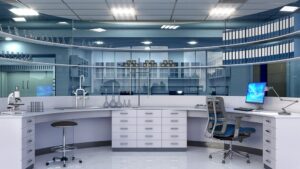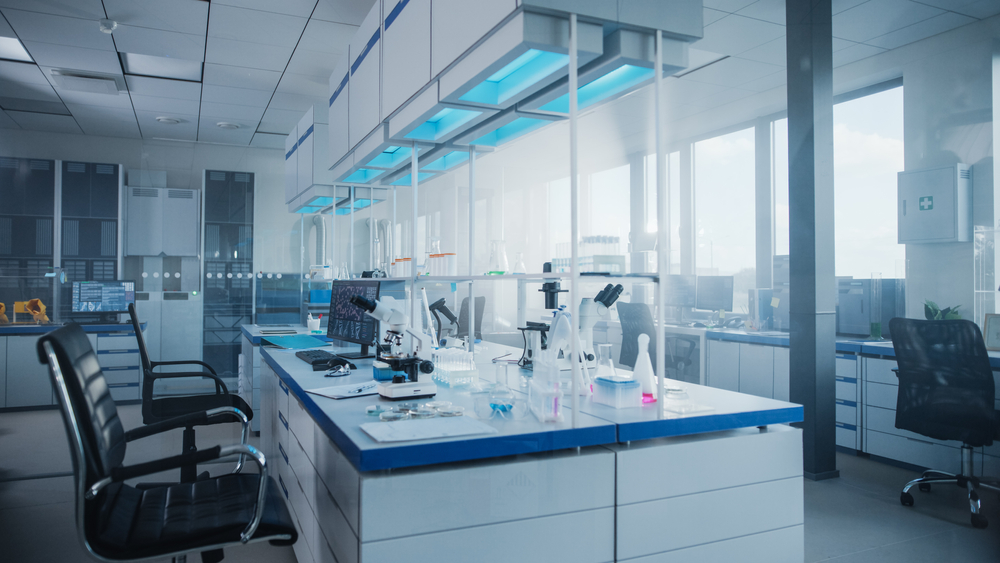
In the realm of scientific research and laboratory work, the importance of a well-designed workbench cannot be overstated. Often overlooked, these essential pieces of lab furniture are the backbone of any productive laboratory. Lab workbenches provide the foundation upon which experiments are conducted, samples are analyzed, and breakthroughs are made.
A quality lab workbench is more than just a table; it is a critical component that supports precision, efficiency, and safety in a wide array of scientific endeavors. This article delves into the various aspects of lab workbenches, exploring their types, key features, and their pivotal role in enhancing workflow efficiency.
Whether you’re setting up a new lab or looking to upgrade your current workspace, understanding the importance of choosing the right workbench can make a significant difference in the productivity and success of your laboratory.
From the material durability to ergonomic design, and from safety features to integration with modern lab equipment, we will cover everything you need to know to make an informed decision. Join us as we explore why workbenches truly are the backbone of any productive laboratory.
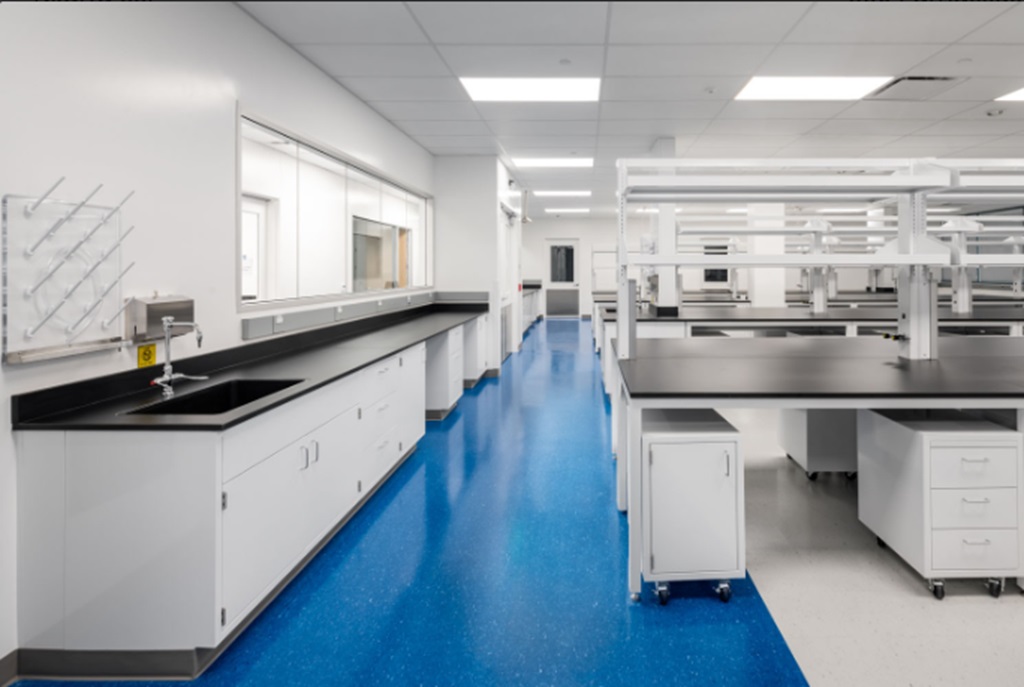
Types of Lab Workbenches
Selecting the right workbenches is crucial for the efficiency and safety of any laboratory environment. Various types of workbenches cater to different needs and applications, each offering unique features tailored to specific tasks. Here, we explore the most common types of lab workbenches and their distinctive characteristics.
1. General-purpose Workbenches
General-purpose workbenches are the most versatile and widely used in laboratories. They are designed to handle a broad range of tasks, from simple procedural work to more complex experimental setups. These workbenches often feature durable surfaces made of materials like laminate or epoxy resin, providing a sturdy and reliable workspace suitable for most lab activities.
2. Chemical-resistant Workbenches
Chemical-resistant lab workbenches are essential for labs that regularly handle corrosive substances. These benches are constructed from materials such as epoxy resin, phenolic resin, or stainless steel, all of which are highly resistant to chemical spills and damage. This type of workbench ensures a safe and durable surface, protecting both the user and the integrity of the experiments.
3. Anti-vibration Workbenches
Precision is paramount in many laboratory settings, especially those involving sensitive measurements and instruments. Anti-vibration lab workbenches are specifically designed to minimize vibrations that could interfere with delicate procedures. These workbenches typically feature heavy-duty frames and specialized damping materials to absorb vibrations, making them ideal for use with microscopes, balances, and other precision instruments.
4. Mobile Workbenches
Flexibility and mobility are key advantages of mobile lab workbenches. Equipped with heavy-duty casters, these workbenches can be easily moved around the lab to accommodate changing workflow needs. Mobile workbenches are perfect for labs that require frequent reconfiguration or need to maximize limited space. They often come with locking mechanisms to ensure stability when stationary.
5. Customizable Modular Workbenches
Customizable modular lab workbenches offer unparalleled adaptability, allowing labs to design workspaces tailored to their specific requirements. These workbenches can be configured with various components, such as adjustable shelves, drawers, and cabinets, providing a highly personalized and efficient workspace. Modular workbenches are ideal for labs that require specialized setups or anticipate future changes in their workflow and equipment needs.
Understanding the different types of workbenches and their features is essential for creating an efficient and safe laboratory environment. Each type of workbench serves a specific purpose, and selecting the right one can significantly impact the productivity and success of your lab operations.
Additional Reading: Modular Laboratory Systems: The Flexible Solution for Dynamic Research Needs
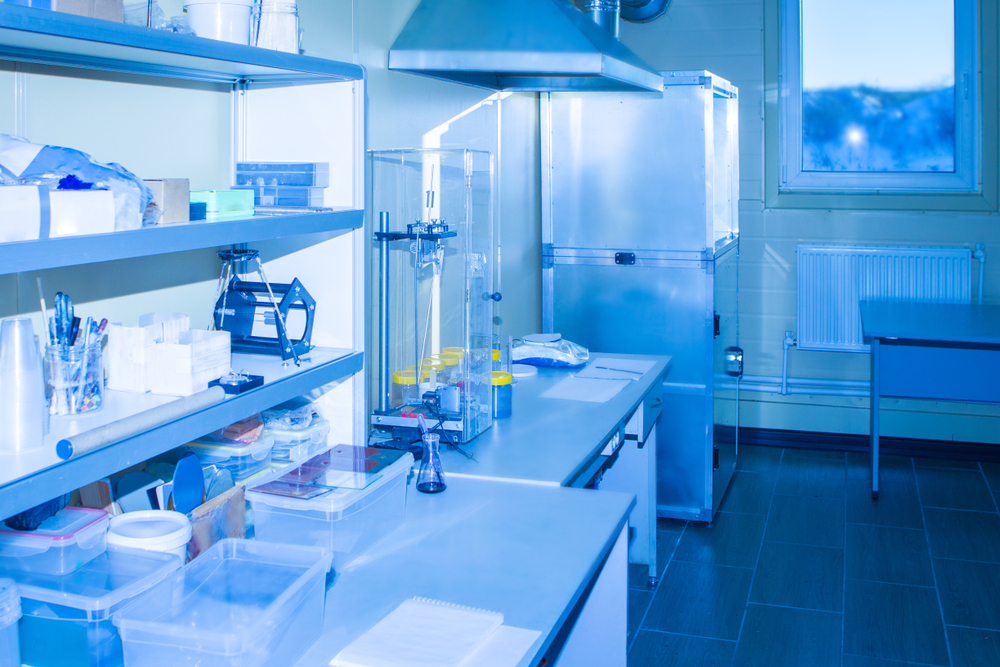
Key Features of Quality Lab Workbenches
A quality lab workbench is a fundamental component of any laboratory, providing a robust and reliable platform for various scientific tasks. When selecting lab workbenches, several key features should be considered to ensure it meets the demands of your specific lab environment. These features include durability, ergonomics, storage options, safety, and integration with lab equipment.
1. Durability and Material Selection
The durability of workbenches is largely determined by the materials used in its construction. Common materials include:
- Stainless Steel: Known for its strength and resistance to corrosion, stainless steel is ideal for environments that require frequent cleaning and sterilization.
- Epoxy Resin: Highly resistant to chemicals, heat, and moisture, epoxy resin surfaces are perfect for labs dealing with harsh substances.
- Phenolic Resin: This material is durable and resistant to chemicals and moisture, making it suitable for a wide range of laboratory applications.
- Laminate: While not as resistant to chemicals as other materials, laminate is a cost-effective option that provides a durable and smooth work surface.
2. Ergonomics and User Comfort
Ergonomics play a crucial role in ensuring that lab personnel can work comfortably and efficiently at the lab workbenches. Key ergonomic features include:
- Height Adjustability: Adjustable-height workbenches allow users to customize the bench height to their comfort, whether sitting or standing.
- Work Surface Space: Ample workspace is essential for accommodating various equipment and materials without clutter.
- Seating Compatibility: Workbenches should be compatible with lab stools or chairs, providing adequate legroom and comfortable seating positions.
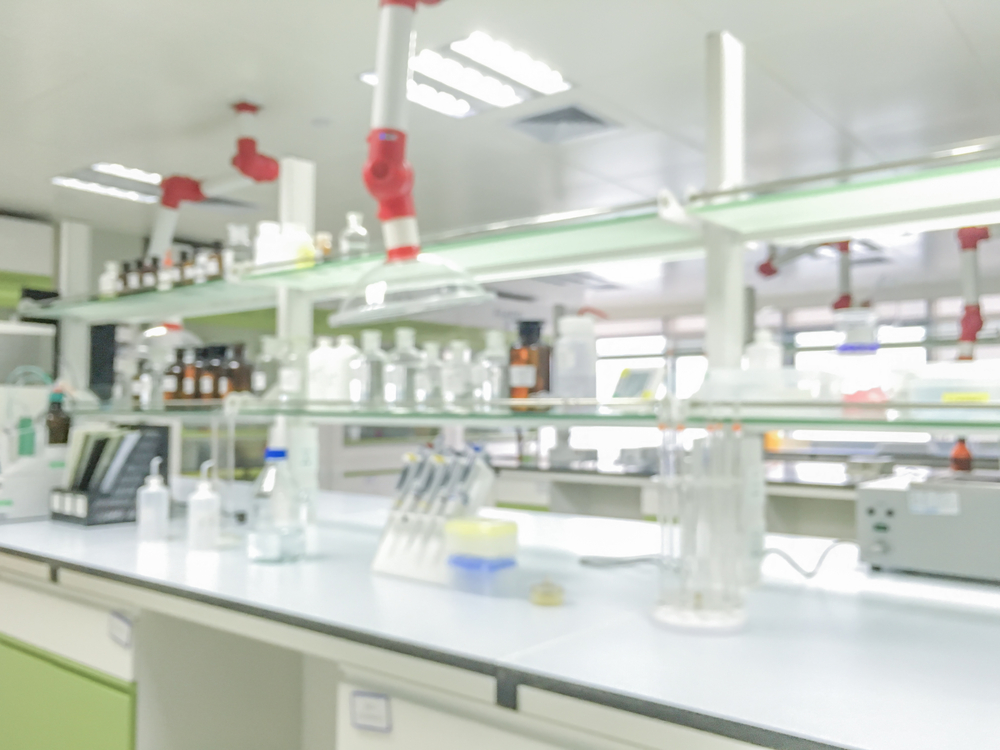
3. Storage Options
Efficient storage solutions are vital for keeping the lab organized and ensuring that essential tools and materials are easily accessible. Storage options incorporated in lab workbenches can include:
- Drawers: Built-in drawers provide convenient storage for smaller tools, instruments, and supplies.
- Shelving: Adjustable shelves allow for flexible storage of larger items and equipment.
- Cabinets: Lockable cabinets offer secure storage for sensitive or hazardous materials.
4. Safety Features
Safety is paramount in any laboratory setting. Quality lab workbenches should include features that enhance safety, such as:
- Chemical Resistance: Workbenches should be made of materials that can withstand exposure to corrosive chemicals without degrading.
- Fire Resistance: In labs where flammable materials are used, fire-resistant workbenches provide an added layer of protection.
- Anti-vibration: For labs conducting precision work, anti-vibration features help to minimize disturbances and ensure accurate results.
5. Integration with Lab Equipment
Modern laboratories rely on a variety of specialized equipment, and quality lab workbenches should facilitate the integration of this equipment. Key integration features include:
- Built-in Power Supplies: Workbenches with built-in electrical outlets provide convenient access to power for various devices and instruments.
- Gas and Air Outlets: Integrated gas and air supply outlets are essential for many laboratory procedures.
- Data Connectivity: Workbenches equipped with data ports and cable management systems support the use of computers and other digital devices, ensuring a seamless workflow.
By carefully considering these key features, you can select workbenches that not only meet the practical needs of your laboratory but also enhance safety, efficiency, and user comfort. Well-chosen lab workbenches are investments that support the productivity and success of your scientific endeavors.
Designing Lab Workbenches for Specific Lab Types
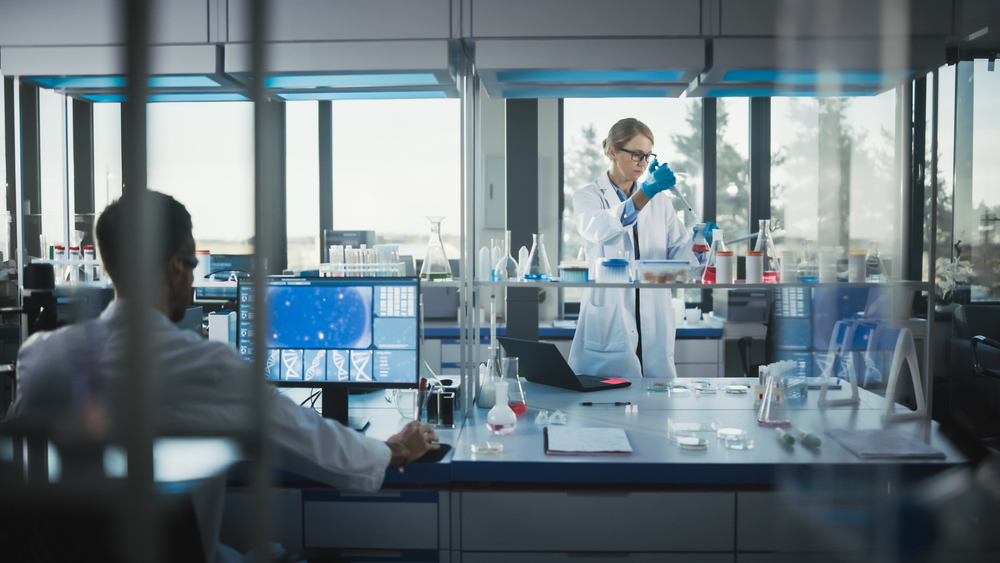
The design of a lab workbench should be tailored to the specific needs and functions of the laboratory in which it will be used. Different types of laboratories have unique requirements, and understanding these can help in selecting and designing workbenches that enhance productivity, safety, and workflow efficiency. Here, we explore the design considerations for various lab types.
1. Clinical Laboratories
Clinical laboratories require workbenches that facilitate the handling and analysis of medical samples. Key design features include:
- Smooth, Non-porous Surfaces: These surfaces are easy to clean and sterilize, reducing the risk of contamination.
- Integrated Sink Areas: Sinks with water supply and drainage are essential for washing and disposing of samples and reagents.
- Chemical and Biological Resistance: Lab workbenches must withstand exposure to various chemicals and biological agents commonly used in clinical testing.
2. Research and Development Labs
Research and development (R&D) labs often involve a diverse range of activities, from chemical synthesis to advanced instrumentation. Important design aspects include:
- Modular and Flexible Configurations: R&D laboratories benefit from lab workbenches that can be easily reconfigured to adapt to changing research needs and equipment.
- Anti-vibration Features: For experiments requiring high precision, anti-vibration workbenches are crucial to ensure accurate results.
- Ample Storage: A combination of drawers, shelves, and cabinets in workbenches provides necessary storage for reagents, samples, and equipment.
3. Educational Laboratories
Educational labs must cater to the needs of students and instructors, providing a safe and conducive learning environment. Design considerations include:
- Durable and Cost-effective Materials: Lab workbenches made from materials like laminate can withstand heavy use and are budget-friendly.
- Safety Features: Workbenches with built-in safety features such as chemical resistance and rounded edges help prevent accidents and injuries.
- Integrated Power and Data Outlets: These enable the use of computers and other electronic devices, supporting modern teaching methods.
Additional Reading: Innovative School Biology Lab Tables: Where Function Meets Design
4. Industrial Laboratories
Industrial labs often deal with large-scale processes and require robust and durable workbenches. Key design elements are:
- Heavy-duty Construction: Lab workbenches should be made from materials like stainless steel or heavy-duty epoxy resin to withstand harsh conditions and heavy equipment.
- Chemical and Heat Resistance: Industrial labs frequently use strong chemicals and high temperatures, necessitating workbenches that can endure these conditions.
- Customized Dimensions: Larger or specially designed workbenches may be required to accommodate specific industrial processes and equipment.
5. Specialized Laboratories
Specialized labs, such as clean rooms and biosafety labs, have stringent requirements to ensure a controlled environment. Design features include:
- Cleanroom Compatibility: Lab workbenches should be made from materials that do not shed particles and are easy to sterilize, maintaining a contamination-free environment.
- Biological Safety: In biosafety labs, workbenches must include features like built-in containment systems and surfaces that can be easily decontaminated.
- Seamless Integration with Lab Systems: These workbenches should integrate seamlessly with other lab systems, such as fume hoods and biosafety cabinets, to ensure a cohesive and safe workflow.
By understanding the specific needs of different lab types, you can design and select workbenches that optimize functionality and safety. Tailoring workbench design to the unique requirements of your lab enhances productivity and supports the successful execution of complex scientific tasks.

The Role of Lab Workbenches in Workflow Efficiency
Workbenches are more than just surfaces to work on; they are critical components that can significantly impact the workflow efficiency in a laboratory. A well-designed workbench can streamline tasks, reduce errors, and enhance overall productivity. Here, we explore how workbenches contribute to optimizing workflow efficiency in various lab environments.
1. Workflow Design and Bench Placement
The placement and design of lab workbenches play a crucial role in creating an efficient workflow. Key considerations include:
- Strategic Placement: Positioning workbenches in logical locations based on the sequence of lab activities can minimize unnecessary movement and reduce the time spent transitioning between tasks.
- Zoning: Dividing the lab into specific zones (e.g., preparation, analysis, storage) with dedicated workbenches can help organize tasks and improve workflow clarity.
- Accessibility: Ensuring that frequently used tools and materials are within easy reach on the workbench can accelerate processes and reduce fatigue.
2. Reducing Contamination Risks
Lab workbenches are integral to maintaining a clean and safe environment, which is essential for workflow efficiency, especially in sensitive experiments. Key factors include:
- Smooth, Easy-to-clean Surfaces: Workbenches made from materials like epoxy resin or stainless steel are easy to clean, reducing the risk of cross-contamination.
- Integrated Waste Disposal: Workbenches with built-in waste disposal systems or easy access to waste bins help maintain a tidy workspace and prevent contamination.
- Dedicated Areas for Hazardous Materials: Allocating specific workbenches for handling hazardous substances minimizes the risk of spreading contaminants.
3. Facilitating Collaboration and Communication
Effective communication and collaboration are vital for efficient lab operations. Workbenches can support these aspects in the following ways:
- Shared Workspaces: Large or modular workbenches that accommodate multiple users facilitate teamwork and collaborative projects.
- Open Layouts: Designing the lab with an open layout and strategically placed workbenches encourages communication and information sharing among lab personnel.
- Integrated Technology: Lab workbenches equipped with data ports and connectivity options enable seamless communication and data sharing, supporting collaborative efforts.
4. Enhancing Data Recording and Analysis
Accurate data recording and analysis are fundamental to scientific research. Workbenches can enhance these processes through:
- Built-in Data Systems: Lab workbenches with integrated computer systems or data ports allow for immediate data entry and analysis, reducing the risk of errors and data loss.
- Ergonomic Design: Ergonomically designed workbenches provide a comfortable workspace for data recording, minimizing strain and fatigue during long periods of data entry.
- Organized Workspace: Adequate storage and organization features, such as shelves and drawers, keep tools and materials organized, making data recording more efficient and accurate.
5. Supporting Specialized Equipment and Procedures
Different lab activities require specific equipment and procedures, and the right lab workbenches can support these needs effectively:
- Customizable Workbenches: Modular and customizable workbenches can be configured to support various equipment and tasks, ensuring that the workspace meets the specific needs of the lab.
- Anti-vibration Features: For precision lab work, such as using microscopes or balances, anti-vibration workbenches provide a stable platform that ensures accurate measurements and results.
- Integrated Utilities: Workbenches with built-in utilities, such as gas, air, and power outlets, streamline the setup and operation of specialized equipment, enhancing workflow efficiency.
By incorporating these features and design principles, lab workbenches can significantly enhance workflow efficiency, making lab operations smoother, safer, and more productive. A well-chosen workbench not only supports the specific tasks of the laboratory but also contributes to the overall effectiveness and success of scientific endeavors.
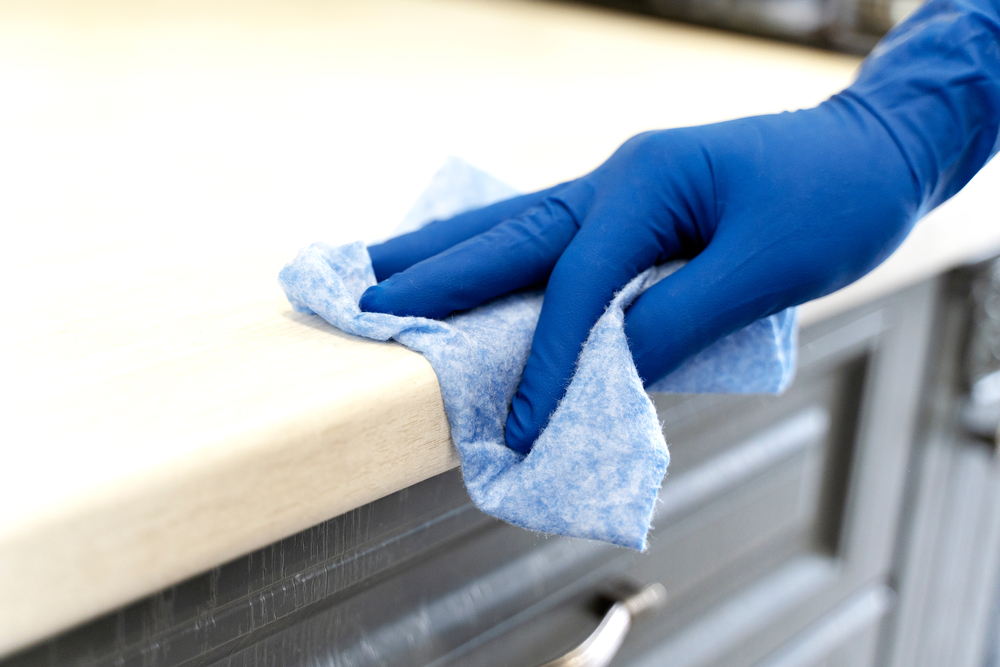
Maintenance and Longevity of Lab Workbenches
Investing in high-quality lab workbenches is only the beginning; proper maintenance is essential to ensure their longevity and optimal performance. Regular upkeep extends the life of workbenches and maintains a safe and efficient laboratory environment. This section outlines key strategies for maintaining workbenches and maximizing their lifespan.
1. Routine Cleaning and Sanitization
Consistent cleaning practices are crucial for maintaining the integrity and safety of lab workbenches:
- Daily Cleaning: Wipe down workbenches with appropriate cleaning agents at the end of each day to remove residues, dust, and spills.
- Disinfecting Surfaces: Regularly disinfect workbenches, especially in labs dealing with biological materials, to prevent contamination and maintain a sterile environment.
- Choosing the Right Cleaners: Use cleaning products compatible with the workbench material. For example, avoid abrasive cleaners on epoxy resin surfaces to prevent scratches.
2. Regular Inspections
Periodic inspections of lab workbenches help identify potential issues before they become major problems:
- Check for Damage: Inspect workbench surfaces for cracks, chips, or signs of wear that could compromise their integrity or safety.
- Assess Stability: Ensure that the workbenches are stable and that all components, such as legs and supports, are securely fastened.
- Inspect Accessories: Examine any attached accessories, such as drawers or shelves, to ensure they are functioning properly and safely.
3. Preventative Measures
Implementing preventative measures can reduce the risk of damage and extend the life of lab workbenches:
- Use Protective Mats and Pads: Place mats or pads under heavy equipment to distribute weight evenly and prevent surface damage.
- Handle Chemicals Carefully: Use spill trays and secondary containment for hazardous chemicals to protect workbench surfaces from spills and corrosion.
- Avoid Overloading: Adhere to weight limits specified by the manufacturer to prevent structural damage and maintain stability.
4. Addressing Spills and Stains Immediately
Quick action can prevent spills from causing lasting damage:
- Immediate Cleanup: Wipe up spills as soon as they occur to prevent staining and chemical damage.
- Neutralize Chemical Spills: For corrosive or hazardous chemicals, neutralize the spill according to safety protocols before cleaning to ensure safety and protect the lab workbenches.
5. Proper Use and Handling
Educating lab personnel on the proper use and handling of lab workbenches can minimize damage:
- Training: Provide training on the correct use of workbenches, including weight limits, proper cleaning procedures, and safe handling of chemicals and equipment.
- Labeling: Clearly label areas and equipment to prevent misuse and ensure that workbenches are used for their intended purposes.
6. Maintenance of Moving Parts
For lab workbenches with moving parts, such as adjustable height mechanisms or wheels, regular maintenance is essential:
- Lubrication: Lubricate moving parts as needed to ensure smooth operation and prevent wear.
- Check Mechanisms: Regularly inspect and test height-adjustment mechanisms, casters, and other moving parts to ensure they are functioning correctly and safely.
7. Professional Maintenance Services
Consider professional maintenance services for comprehensive care:
- Annual Maintenance: Schedule professional maintenance at least once a year to thoroughly inspect and service workbenches.
- Repairs and Replacements: Address any necessary repairs or part replacements promptly to maintain the integrity and functionality of the workbenches.
By following these maintenance guidelines, lab workbenches can remain in excellent condition, providing a reliable and safe workspace for many years. Proper care extends the life of workbenches and supports a productive and efficient laboratory environment, ensuring that scientific work can be conducted without interruption.
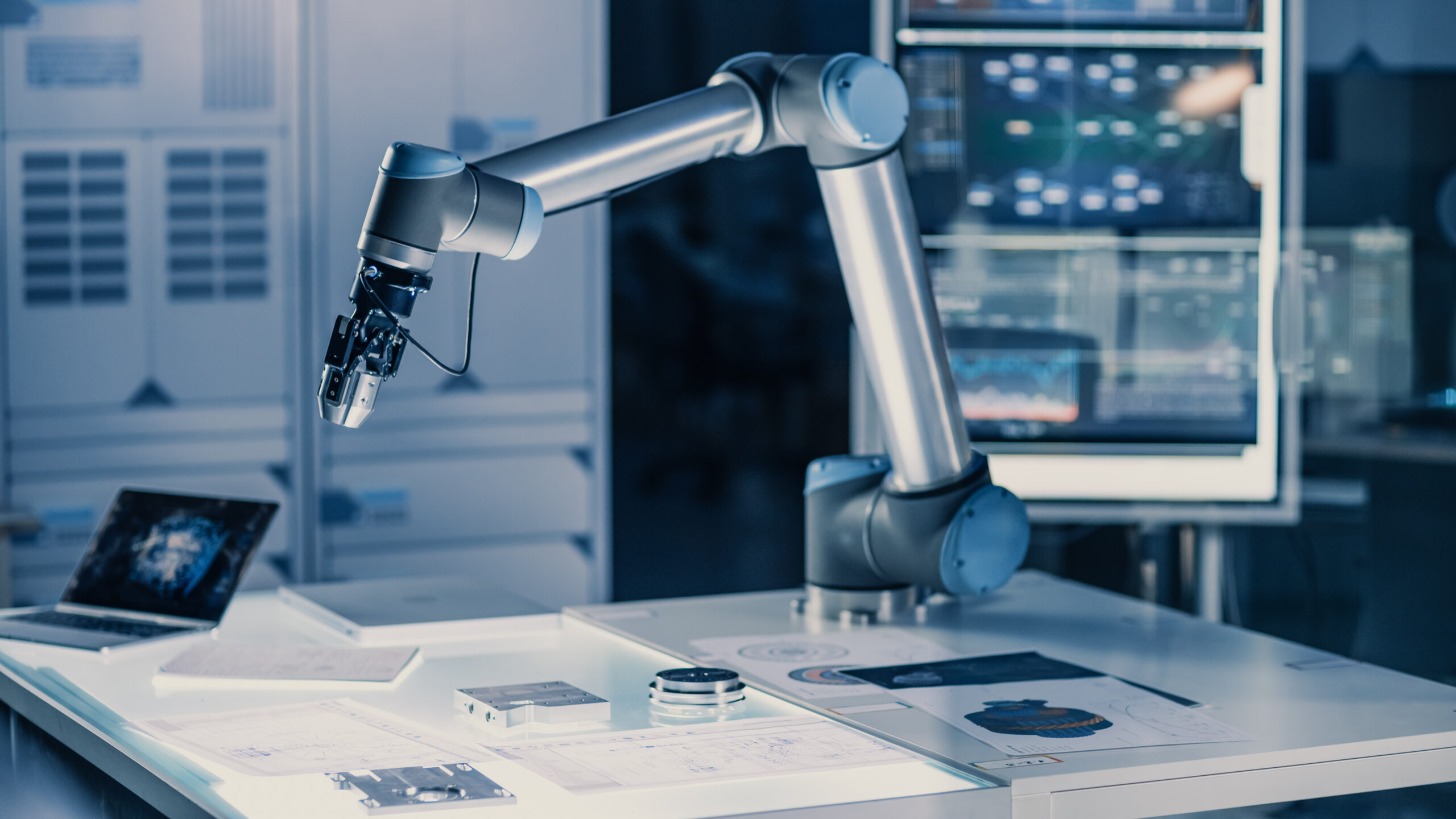
Innovations in Lab Workbench Design
The evolution of lab workbench design is driven by the need to enhance functionality, efficiency, and safety in modern laboratories. Innovations in materials, ergonomics, technology integration, and sustainability are transforming lab workbenches into versatile and intelligent workstations. This section explores some of the latest trends and innovations in lab workbench design.
1. Advanced Materials
Innovations in materials science have led to the development of workbench surfaces that offer superior durability and resistance to harsh lab environments:
- Nanotechnology Coatings: Coatings infused with nanoparticles provide enhanced resistance to chemicals, scratches, and microbial growth, ensuring a cleaner and more durable surfaces of workbenches.
- Composite Materials: New composite materials combine the strengths of multiple substances, resulting in workbenches that are both lightweight and incredibly strong, suitable for a wide range of lab applications.
- Antimicrobial Surfaces: Lab workbenches with built-in antimicrobial properties help reduce the risk of contamination, making them ideal for clinical and biosafety labs.
2. Ergonomic Enhancements
Ergonomics is a critical factor in lab workbench design, with innovations aimed at improving user comfort and reducing strain:
- Adjustable Height Mechanisms: Modern lab workbenches often feature electronic or hydraulic height-adjustment systems, allowing users to switch between sitting and standing positions easily.
- Customizable Workstations: Modular components enable users to configure their workbenches according to their specific needs, optimizing comfort and efficiency for various tasks.
- Enhanced Legroom and Footrests: Improved designs offer more legroom and adjustable footrests, promoting better posture and reducing fatigue during extended periods of work.
3. Technology Integration
The integration of technology into lab workbenches is revolutionizing how scientists and researchers conduct their work:
- Built-in Touchscreens and Monitors: Workbenches equipped with touchscreens or monitors provide immediate access to digital resources, data entry, and analysis tools, streamlining workflow and enhancing productivity.
- Smart Workbenches: Connected with IoT (Internet of Things) capabilities can monitor environmental conditions, track inventory, and even alert users to potential safety hazards.
- Wireless Charging and Connectivity: Workbenches with wireless charging stations and integrated connectivity options for laptops, tablets, and other devices support a clutter-free and efficient workspace.
4. Sustainable Design
Sustainability is becoming increasingly important in lab design, and workbenches are no exception:
- Eco-friendly Materials: Workbenches made from recycled or sustainably sourced materials help reduce the environmental footprint of laboratory construction and operation.
- Energy-efficient Features: Incorporating energy-efficient lighting and power systems into workbenches can reduce energy consumption and operating costs.
- Recyclable Components: Designing lab workbenches with easily recyclable components ensures that they can be disposed of responsibly at the end of their lifecycle.
5. Enhanced Safety Features
Innovations in safety features of lab workbenches are crucial for protecting lab personnel and ensuring compliance with regulatory standards:
- Chemical and Fire-resistant Materials: Advances in material science have led to the development of workbench surfaces that offer superior resistance to chemicals and fire, enhancing lab safety.
- Integrated Safety Systems: Workbenches with built-in safety features such as fume extraction systems, emergency shut-off controls, and spill containment solutions provide an added layer of protection for users.
- UV Sterilization: Some modern lab workbenches are equipped with UV sterilization systems that can automatically disinfect the work surface, ensuring a sterile environment for sensitive experiments.
6. Versatile and Modular Designs
Flexibility and adaptability are key trends in modern lab workbench design:
- Modular Components: Lab workbenches with interchangeable components allow labs to customize their workspaces to meet specific needs and easily reconfigure them as those needs change.
- Mobile Workbenches: Equipped with sturdy casters, mobile workbenches can be easily relocated within the lab, providing flexibility for dynamic lab environments.
- Integrated Storage Solutions: Workbenches with innovative storage options, such as under-bench cabinets and overhead racks, maximize space utilization and keep essential tools and materials within easy reach.
By incorporating these innovations, lab workbenches are becoming more adaptable, efficient, and user-friendly, meeting the evolving demands of modern scientific research and laboratory work. These advancements enhance the functionality of workbenches and contribute to creating safer, more sustainable, and productive laboratory environments.
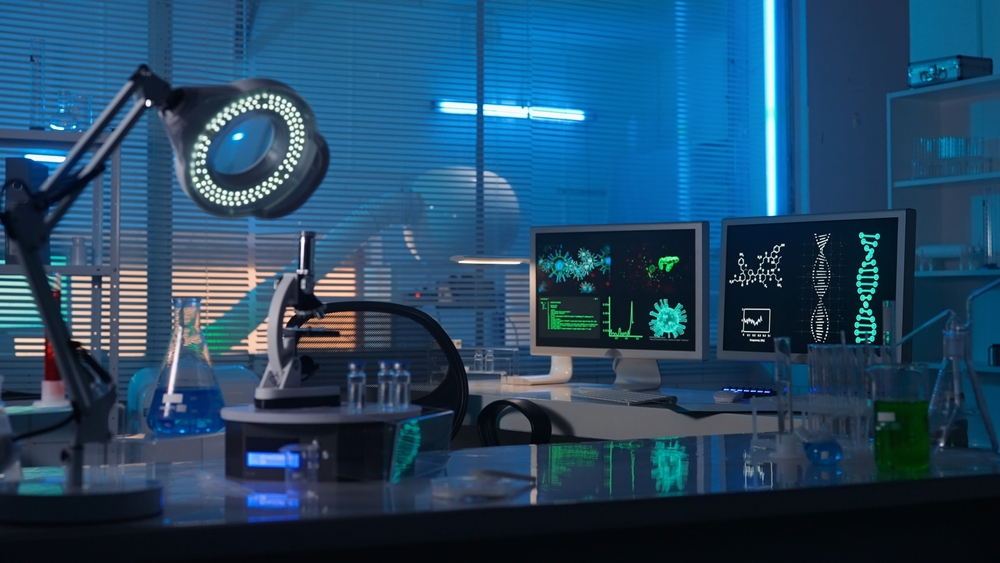
Conclusion
Workbenches are indispensable components of any productive laboratory, providing the foundation for efficient, safe, and effective work environments. From their fundamental role in organizing and supporting lab activities to the latest innovations enhancing their functionality, lab workbenches have evolved to meet the diverse and dynamic needs of modern scientific research.
By understanding the different types of workbenches, their key features, and the importance of proper maintenance, laboratories can optimize their workflow and extend the longevity of their equipment.
As the landscape of laboratory design continues to evolve, investing in high-quality, innovative lab workbenches will remain essential for fostering scientific discovery and advancement. Consulting lab planning specialists like Genie Scientific can ensure a proper space plan for maximum output and future growth. Our in-house design team will plan your lab properly to maximize your capabilities and future growth. Furthermore, our lab workbenches, casework, and fume hood comply with SEFA standards.




